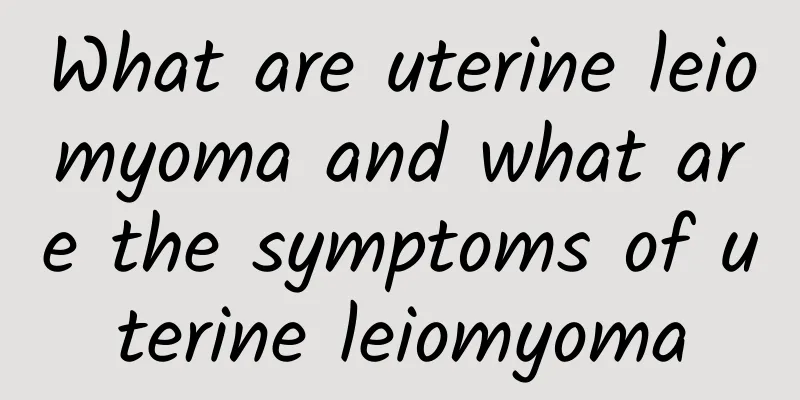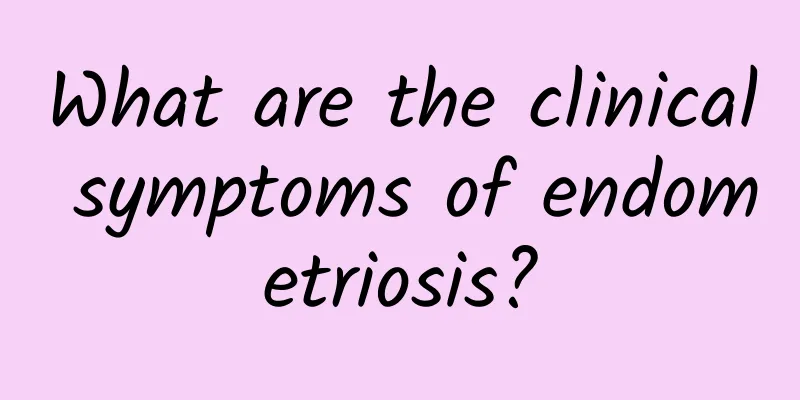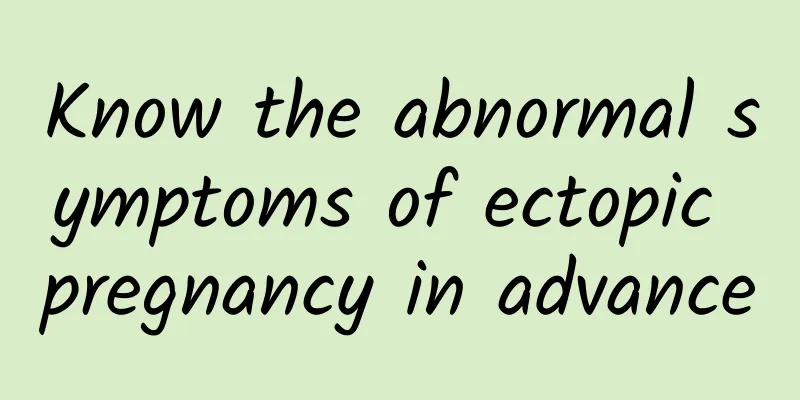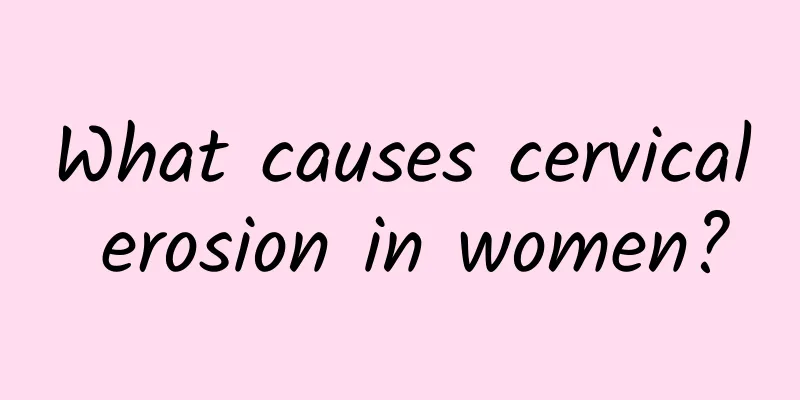What are uterine leiomyoma and what are the symptoms of uterine leiomyoma

|
Uterine leiomyoma is the most common benign tumor of the female genitalia. Most cases are asymptomatic, but a few may present with vaginal bleeding, abdominal tumors, and compression symptoms. Multiple uterine fibroids are often associated with pedicle torsion or other conditions that cause pain. The clinical symptoms of uterine leiomyoma are as follows: 1. Changes in the menstrual cycle: Changes in the menstrual cycle are the most common symptoms, manifested as shortened menstrual cycle, increased menstrual volume, prolonged menstruation, irregular vaginal bleeding, etc. 2. Abdominal mass: Abdominal swelling, lower abdominal swelling, accompanied by a feeling of falling. 3. Increased vaginal discharge: Increased vaginal discharge, sometimes with a large amount of purulent and bloody discharge and necrotic tissue discharge with a foul odor. 4. Abdominal pain and body pain: Generally, patients do not have abdominal pain, but often have lower abdominal swelling, back pain, etc. When the pedicle of the subserosal fibroid is twisted, uterine leiomyoma may cause acute abdominal pain; when the fibroid turns red, the abdominal pain is severe and accompanied by fever. 5. Tissue compression symptoms: When the fibroid grows forward or backward, it can compress the bladder, urethra or rectum, causing frequent urination, dysuria, urinary retention or constipation. When the fibroid grows to both sides, it will form a broad ligament fibroid, compressing the ureter or hydronephrosis; if it compresses the pelvic blood vessels and lymphatic vessels, it will cause lower limb edema. 6. May cause infertility: Fibroids compress the fallopian tubes and cause them to twist, or deform the uterine cavity, hindering the fertilized egg from implanting and leading to infertility. 7. Secondary anemia: If the patient has excessive menstruation for a long time, it may lead to secondary anemia, with symptoms such as general fatigue, pale complexion, shortness of breath, and palpitations. 8. Hypoglycemia: Hypoglycemia with uterine leiomyoma is rare. The main symptoms are low fasting blood sugar, loss of consciousness and shock. The symptoms can disappear completely after glucose injection. After tumor resection, the symptoms of hypoglycemia disappear completely. |
>>: What are the main symptoms of uterine leiomyoma? What should I do if I have uterine leiomyoma?
Recommend
What tests are needed for threatened abortion?
Due to environmental pollution and some physiolog...
What are the symptoms of pelvic inflammatory disease?
What are the symptoms of pelvic inflammatory dise...
What to do if I have uterine fibroids on the anterior wall?
Uterine fibroids are a gynecological disease with...
Is it right to choose high-fiber bread for breakfast? Nutritionist reveals: Why is salty bread better than sweet bread?
Breakfast is the most important meal of the day. ...
Early warning signs of ectopic pregnancy
Ectopic pregnancy is a dangerous gynecological em...
How is dysmenorrhea diagnosed?
Do you know how dysmenorrhea is diagnosed? Do you...
What is hidden hunger? Pick out the three major symptoms! Nutritionist Jian Yuhua: 3 ways to reduce hidden hunger
"How is that possible?! I'm malnourished...
What causes irregular menstruation to cause pigmentation and acne?
Why does irregular menstruation cause spots and a...
What is the cause of menstrual recurrence?
The term menstrual recurrence may sound a bit mys...
What causes mild cervical erosion? How to prevent it?
Cervical erosion can be divided into three types:...
Turn fat into fat-burning muscle! Get perfect curves in 1 minute
We are constantly moving and walking in our daily...
What kind of surgery is usually performed for uterine fibroids? How big is a uterine fibroid that requires surgery?
Uterine fibroids are a common benign disease of t...
What complications may result from habitual miscarriage?
What complications may result from habitual misca...
How to Identify Bacterial Vaginosis
How to scientifically identify and diagnose candi...
What should not be eaten for pelvic effusion? What are the methods for treating pelvic effusion?
What can't you eat if you have pelvic effusio...









